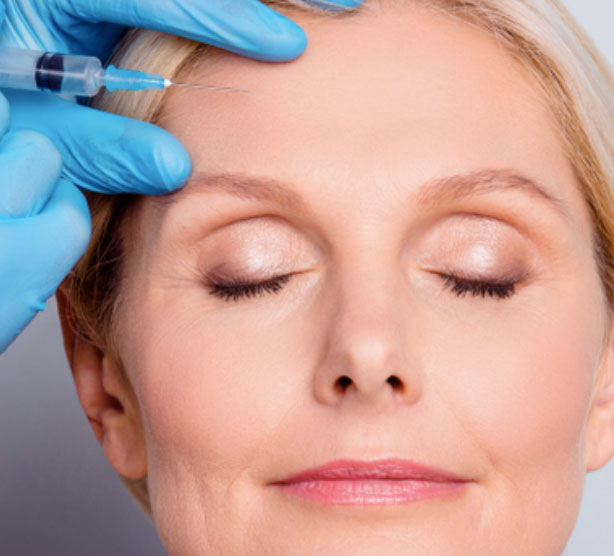Nowadays, with so many anti-aging treatments on the market, you’d be forgiven for asking why is Botox still a popular treatment after all this time? In this blog, we will look at Botox, how it works, and why it has stood the test of time.
What is Botox?
Put simply, Botox or Botulinum toxin injections are used to relax muscles. It works by blocking chemical signals transmitted from the nerves to restrict muscle movement. In aesthetics, Botox is commonly used to relax muscles on the face to combat the signs of aging, including wrinkles, crow’s feet, and frown lines.
However, anti-aging is not Botox’s only use. Botox is used in practice to treat several complex issues.
What conditions can Botox treat?
So, why is Botox still a popular treatment after all this time? Well, besides being highly effective in addressing the signs of aging, Botox can be used to intervene with a number of other conditions that may impact your body’s function, including migraines.
Here are some of the things Botox can treat:
Cervical dystonia – this condition causes the neck muscles to contract involuntarily, making the head twist into uncomfortable conditions which can be extremely frustrating and painful. By helping to restrict movement of the muscles, Botox can help to restore proper neck function.
Correct a lazy eye/ squint – Lazy eyes or squints can be frustrating, and depending on the severity of it, they can impact one’s overall self-confidence. By injecting Botox into one of the muscles responsible for moving the eye it weakens the muscle and in turn allows the eyes to realign.
Hyperhidrosis – this condition is very common, and it can be extremely embarrassing. Hyperhidrosis causes one to sweat excessively, even when resting and it is caused by overactive sweat glands. Botox injections can be used to block the nerve signals that cause you to sweat, so you can feel more comfortable.
Migraine – for some people, migraines can become severely debilitating and impact daily life. Botox injections can help reduce the frequency of chronic migraines by blocking the neurotransmitters that transmit pain signals from the brain.
Muscle contractures – some neurological conditions, for example cerebral palsy, can cause your limbs to pull toward your centre. Botox can be used to relax the contracted muscles.
What to expect from Botox?
Botox isn’t a painful procedure, and it can be performed in as little as 40 minutes. Depending on the area being treated, you may experience some slight discomfort, however, your clinician will apply some topical numbing cream to the area to help with any pain.
Now, it is important to remember that Botox injections are a medical procedure and should always be performed by a trained professional. The aesthetician will use a thin needle to inject very small amounts of Botox into the area being treated.
Following your procedure, you may experience slight redness, and bruising around the injection site and it may feel a little tender. These side effects should clear up on their own within a few days, however you should not rub or massage the area for around 24 hours.
If you need any more information about Botox, or to book a consultation, please contact Ness Aesthetics.



